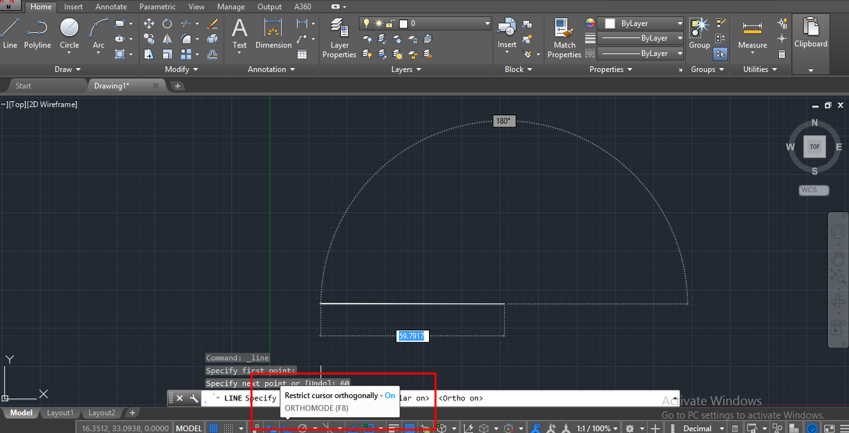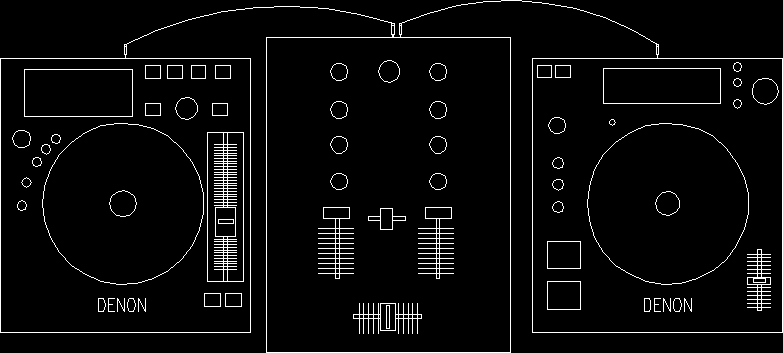

If you ever want to turn it back on, enter Ribbon. You can close the Ribbon with the RibbonClose command. If you’re using a vertical variant of AutoCAD 2011, this workspace may not be available, so you’ll need to make your own by manually setting up your interface the way you like it, then saving it as a Workspace using the Save Current As… option under one of the Workspace controls.

This will perform some of the steps described below, but not all of them, so I suggest you read on. In either case, click on the Workspace control and pick the item called AutoCAD Classic. If you want the name, this year you need to look in the QAT. Every odd-numbered release seems to have the current workspace name missing from this button, so this year we miss out. This is a little button that looks like a gearwheel. If you have turned this off (right-click, Remove from Quick Access Toolbar) or if you just prefer working with interface elements in the same place year by year, there is another Workspace control in the bottom right corner. The main Workspace control is now located near the top right corner. In vanilla AutoCAD, you can restore much of the user interface by just switching workspaces. If you watch the prompts on the -TOOLBAR command, you’ll see that you can hide toolbars also, so it’s possible to setup some shortcuts to show and hide various toolbars – which should be quicker than switching workspaces.Let’s assume you’ve made the decision to put your environment back to AutoCAD 2008 or earlier how do you do it? Of course the power of the -TOOLBAR command is that you can script this using a menu macro or lisp routine to place multiple toolbars exactly where you want to. So if you specify a location of 300,500, the toolbar will be placed 300 pixels to the left and 500 pixels below the upper left corner of your primary monitor. If you want to specify a different location, be aware that the values increase as you move left and down.

If you accept the defaults location (0,0) the toolbar will appear in the upper left corner of your primary monitor. If you make it floating, you can specify the exact location using screen coordinates. You can dock the toolbar or make it floating. When you use -TOOLBAR, you must know the exact toolbar name you want to make visible, but this command has many options. Lastly, you can use the command line method, using the -TOOLBAR command (note the leading hyphen).If you do not have any docked toolbars but your Ribbon is enabled, go to the View tab on the Ribbon and find the User Interface panel, then the Toolbars dropdown.If you have ANY docked toolbar visible, right click in an empty toolbar area (but not on a visible toolbar), and from there you can choose a toolbar from the menu that appears.Even though we are in the era of the Ribbon, you may still want to use certain toolbars.


 0 kommentar(er)
0 kommentar(er)
